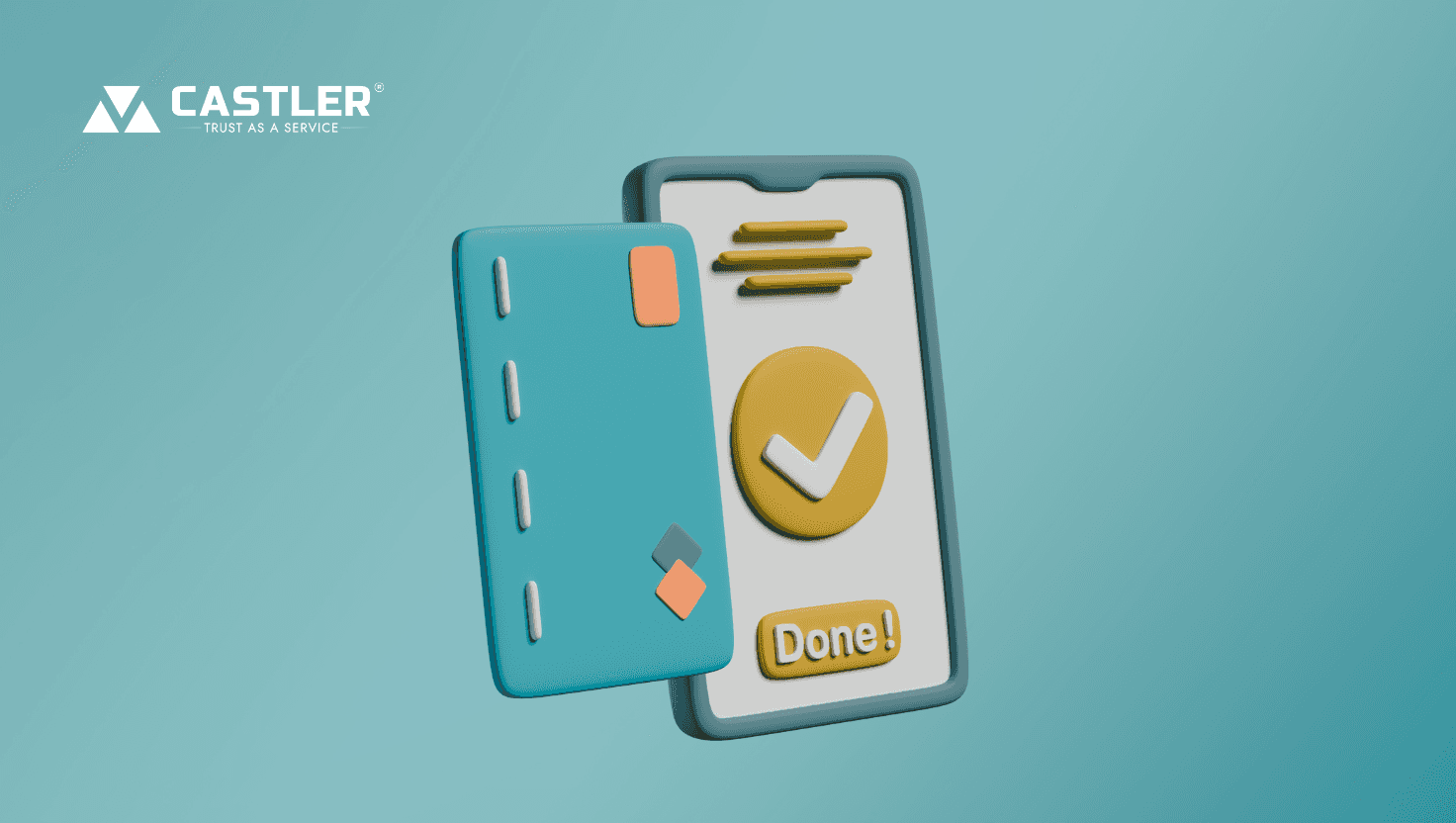Software Escrow
For Software
|
June 11, 2025
-
6 MINS READ

With the rapidly changing digital economy of today, Software as a Service (SaaS) platforms fuel important business processes globally. With greater dependence on subscription-based models and web contracts, trust and security of transactions have become top priorities. Escrow solutions are proving to be an effective tool to reduce financial risk and establish credibility among SaaS agreement parties. Find out how escrow is transforming the SaaS ecosystem.
Learning the Escrow Process in SaaS
Escrow, which has been conventionally applied in high-value property and legal transactions, is now taking a central position in digital commerce. In the context of SaaS, escrow refers to a third-party holding of funds, software code, or other property until certain contractual terms are fulfilled.
Such an arrangement assists in alleviating typical risks in SaaS agreements, such as:
Failure to deliver services
Milestone delivery disputes
Unexpected vendor terminations
Long-term lock-in with insufficient protection
For example, a customer purchasing a SaaS CRM service might put payment in escrow for release only upon successful onboarding and SLA confirmation. This ensures both the provider and the customer that commitments are well-linked to value delivery.
Why SaaS Platforms Need Escrow More Than Ever
In a market where subscription plans and cloud services are king, SaaS businesses have a special challenge—providing continuous value and protecting user trust. Meanwhile, clients must feel secure in their payments being safe, and services being uninterrupted.
Escrow bridges this divide by:
Minimizing the chances of payment or delivery failure
Facilitating the procurement and compliance requirements of enterprise clients
Making secure cross-border transactions possible
Offering legal recourse in case of differences
As SaaS agreements become more sophisticated and high-value on a global level, escrow provides an added financial and operational guarantee, particularly for long-term B2B undertakings.
Forms of Escrow within the SaaS Environment
Two types of escrow are particularly pertinent to SaaS companies:
1. Financial Escrow
Here, payments through subscription or contract are retained by a secure third party and released according to performance measures or terms agreed milestones. This is best suited for multi-stage implementations or bespoke integrations.
2. Source Code Escrow
This entails transferring the application's source code with a third-party escrow service provider. The code is only accessed by the client under certain events like vendor bankruptcy, acquisition, or service termination.
These escrows:
Guarantee business continuity for clients
Meet vendor risk management guidelines
Build trust in long-term software partnerships
Regulatory and Legal Significance
Regulatory frameworks are increasingly pushing for operational resilience and data sovereignty, especially in sectors like finance, healthcare, and public services. Escrow services help SaaS vendors and clients meet these expectations.
For example:
Banks and NBFCs in India must meet RBI’s third-party risk guidelines, which favor source code escrow.
Public sector procurement tends to mandate business continuity plans, where financial and code escrow are imperative
International SaaS transactions commonly entail local data compliance, and escrow arrangements enable compliant structured releases and reversals.
Source code escrow is a best practice mitigation strategy for high-risk software, particularly where vendor longevity is questionable, according to Gartner.
According to Gartner, source code escrow is a recommended mitigation strategy for critical software risk, especially when vendor longevity is uncertain.
CastlerCode: Enabling Programmable Escrow for SaaS
CastlerCode is Castler's native API suite, which introduces automation, scalability, and accuracy to digital escrow processes—rendering it an ideal choice for SaaS businesses seeking to mitigate friction in high-value transactions.
Whether you're protecting source code, enforcing SLAs, or facilitating subscription-based collections, CastlerCode enables SaaS platforms to hard-code programmable escrow logic into their workflows.
Here's how CastlerCode improves the SaaS escrow experience:
API-First Automation: Automate escrow setup, fund disbursement, and compliance confirmation with one API layer.
Smooth Integration: Integrate with your CRM, ERP, or billing platforms to build escrow-linked activities based on events such as contract signing, invoice payment, or service delivery.
Custom Triggers & Milestones: Establish logic for fund disbursals, renewals, or dispute resolution—built for SaaS contracts and client onboarding.
Secure Source Code Escrow: Sync to repositories such as GitHub for real-time code escrow, with programmable release conditions attached to performance or support clauses.
Audit-Ready Workflows: Integrated tracking, notices, and logs make regulatory and client audit requirements easy to meet.
Essentially, CastlerCode enables SaaS businesses to develop escrow workflows that are as nimble and scalable as their business models—expressing complete trust without operations tradeoffs ( The Surge of India's SaaS Market )
Final Thoughts
As SaaS continues to transform business operations in every industry, trust, transparency, and operations assurance have never been more crucial. Escrow services provide a systematic and secure approach that mitigates risks, supports compliance, and maximizes business relationships.
Written By

Chhalak Pathak
Marketing Manager




